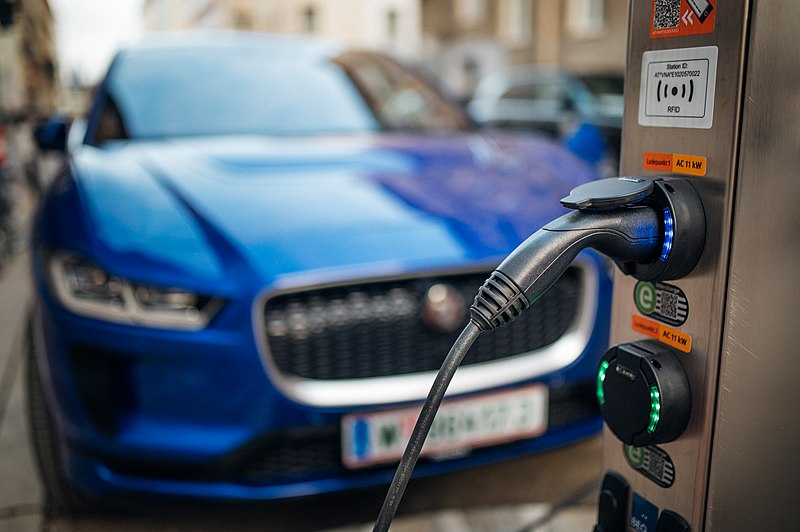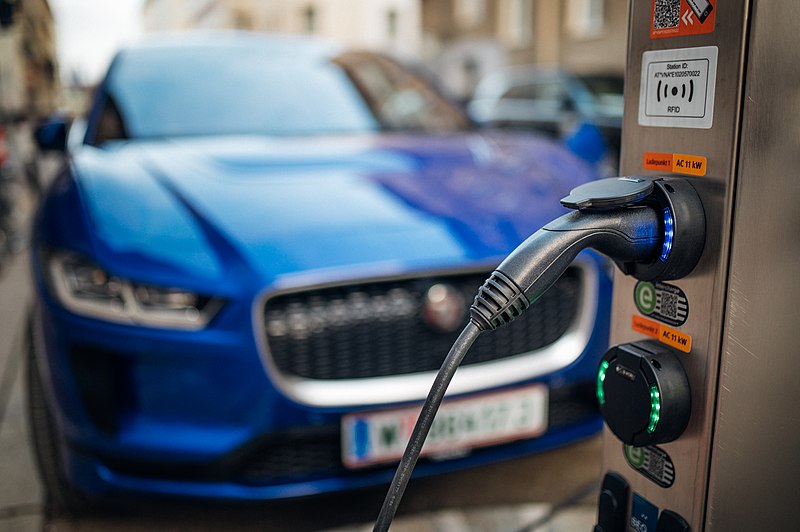First the European Union, now New Jersey… The world is swiftly following California’s lead, aiming for zero emissions from new cars and vans by 2035. In this blog post, we’re taking a look at the latest headlines, heralding the end of combustion engines the world over. And what’s needed to actually get us there.





